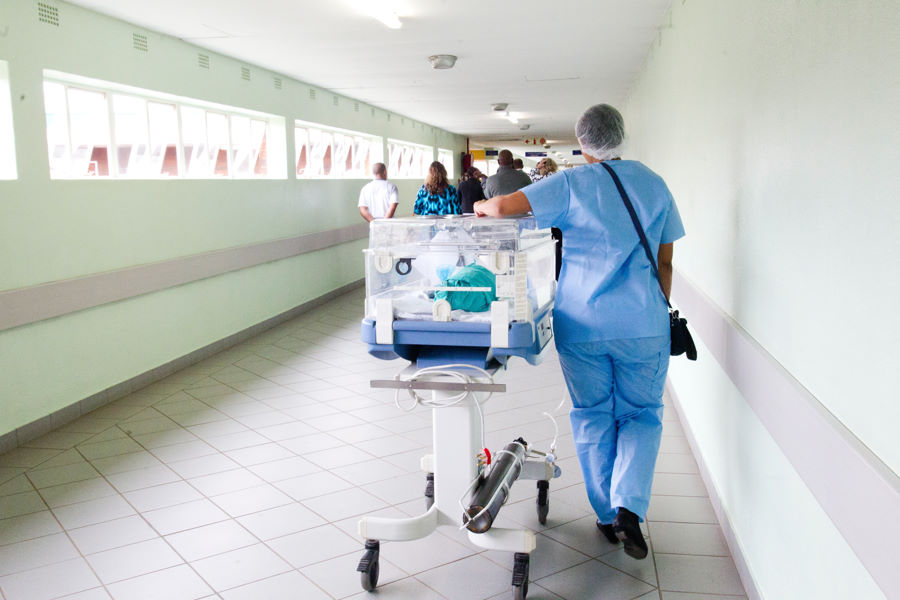About the project
WP3 Hospital surveillance
WP leads: THL (FI)
The aim of WP3 is to build a foundation for timely, comparable, and representative surveillance of severe infections leading to hospitalization in each member state.

The following objectives will be addressed:
- Inventory and mapping of all relevant health data sources for integrated surveillance of severe infections leading to hospitalization, and to assess and overcome legal and technical barriers.
- In member states relying on sentinel-based approach, the aim is to establish or improve the representativeness and timeliness of surveillance, using only electronic reporting.
- In member states using nation-wide register-based public health surveillance, the aim is to integrate clinical information on hospitalized patients with microbiological data (typing and microbial resistance).
In April 2023, we completed a survey for active and passive participants in WP3, and in May 2023 we successfully held a kick-off workshop to discuss these results and preliminary piloting plans. In August 2023, we reported on the survey results and piloting plans in Deliverable 3.1.
Four pilot studies (Latvia, the Netherlands, Malta, and Slovenia) started in Task 3.1 of WP3 with the aim of establishing or improving sentinel-based, electronic hospital surveillance of serious infectious diseases or syndromes. Latvia analysed data received from hospitals and medical doctors using the electronic notification form: they prepared information materials for hospitals and General Practitioners (GP) about the electronic notification system (how to use it and submit electronic urgent notification about infectious disease) and analysed the data. The Netherlands completed a stakeholder analysis report, a semi-structured interviews report with key stakeholders in the hospital setting and signed a collaboration agreement by the National Institute for Public Health and the Environment (RIVM) and two main hospital associations for the SARI project using a blueprint for SARI surveillance. Malta explored the available data sources and issues with data-linking to enable automated hospital-based surveillance and held meetings with hospital stakeholders to agree on data sharing. Protocols are being drafted for hospital syndromic surveillance using EHR. Slovenia finalized a case definition of severe acute respiratory infection (SARI) for electronic health record (EHR) -based surveillance developed (based on an ICD-10-CM code list) and developed a data model with respective coding for clinical and laboratory data for EHR-based surveillance.
In Task 3.2 of WP3, four pilot studies (Finland, Italy, Norway, and Poland) were initiated to integrate clinical information on hospitalized patients with microbiological data. Finland was able to analyse how to extract hospitalizations due to respiratory infections (influenza, SARS-CoV-2 or respiratory syncytial virus (RSV)) from the national hospital care registers considering the coding practices in the Finnish health care. In Italy a scenario is being developed to provide a technical solution to allow the linkage of laboratory and clinical data for purpose of public health surveillance, especially between regional authorities, which can be activated as soon as local and national legislation permit. · Norway has delivered a detailed report on the value, legal and technical aspects of relevant data sources investigated with the purpose of surveillance of hospital admissions with respiratory tract infections in Norway to better understand the possibilities and hurdles. Poland investigated the interoperability possibilities within their existing systems: they learnt in detail (variables & format) about data in existing systems and their interoperability possibilities to enhance the routine surveillance system of rotavirus infections – with data useful for the control and prevention of rotavirus infections.
Legal issues/GDPR, linking multiple data sources, and blueprint/framework were identified as common themes on which piloting countries can collaborate further towards future recommendations and sharing of best practices. These pilot studies are currently ongoing and expected to be completed by the end of 2024.
